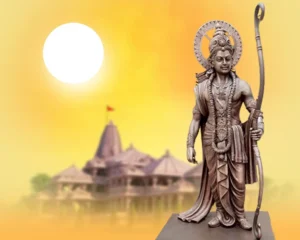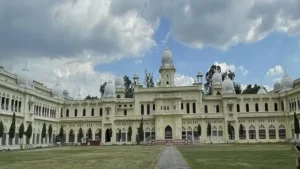
Delhi Air Quality Now “Severe” : How much pollution does Diwali cause?
New Delhi: Air pollution in Delhi is at its highest since January, with some areas in the National Capital Region reporting “extreme” group air quality. According to the latest forecast, it’s set to aggravate as well as stay in the “really inadequate” category over the following 3 days, which can trigger health and wellness advisories.
The Air Quality Index at Anand Vihar in Delhi was 455 at 4 pm, making it among the most contaminated locations below.
At 5 pm, Delhi had a general AQI of 357, Ghaziabad 384, Noida 371, Greater Noida 364, and Faridabad 346.
Not just Delhi, from Punjab to Uttar Pradesh as well as Bihar, air quality in 34 Indian cities remains in the ‘extremely bad’ group.
An AQI between no and also 50 is considered ‘excellent’, 51 and 100 ‘satisfying’, 101 as well as 200 ‘modest’, 201 and 300 ‘bad’, 301 and also 400 ‘very poor’, and 401 and 500 ‘extreme’.
Professionals say the deterioration in the high quality of air is because of the wind instructions as well as wind speed, which is causing the accumulation of contaminants coupled with a rise in cases of ranch fires.
Air pollution around Diwali was the lowest in 7 years, as the weather was a video game changer. The air quality in the national funding began wearing away from October 24 with the AQI sliding to the ‘really inadequate’ category from ‘poor’.
Pollution levels approached on the night of October 23 in the middle of a drop in temperature level and also wind speed, as well as a result of people lighting firecrackers and an increase in the number of ranch fires.
Pollutants will continue to come in from Punjab as well as Haryana, and also the wind will certainly be extremely calm, thus the pollutants will stay suspended for longer.
On October 19, the subcommittee of the Payment for Air Quality Administration (CAQM) implemented Stage II of the Graded Reaction Activity Plan (GRAP) – a set of anti-air air pollution actions complied with in Delhi as well as its area according to the seriousness of the scenario in the funding.
GRAP’s Phase II consists of banning the use of coal and also firewood in resorts, dining establishments, and open eateries. The use of diesel generators, besides vital services, is likewise banned.
GRAP is identified under four phases relying on the air quality in Delhi. Stage I in an instance of ‘poor’ air quality (AQI 201-300), Stage II for ‘very inadequate’ air quality, Stage III for ‘serious’ air quality (AQI 401-450), as well as Stage IV for ‘serious plus’ air quality (AQI > 450).
If the circumstance transforms ‘serious’ (Stage III), authorities will apply a ban on construction as well as demolition tasks in NCR, except for necessary jobs (such as trains, metros, airport terminals, ISBTs, and also nationwide security/defense-related tasks of nationwide importance).
Block kilns, warm mix plants, and stone crushers not operating clean fuels, as well as mining and also linked activities in NCR will also be outlawed under Phase III.
The state and federal governments in Delhi-NCR might additionally enforce constraints on BS-III fuel and also BS-IV diesel light automobiles (four-wheelers) under Phase III.



















Average Rating